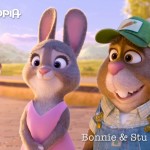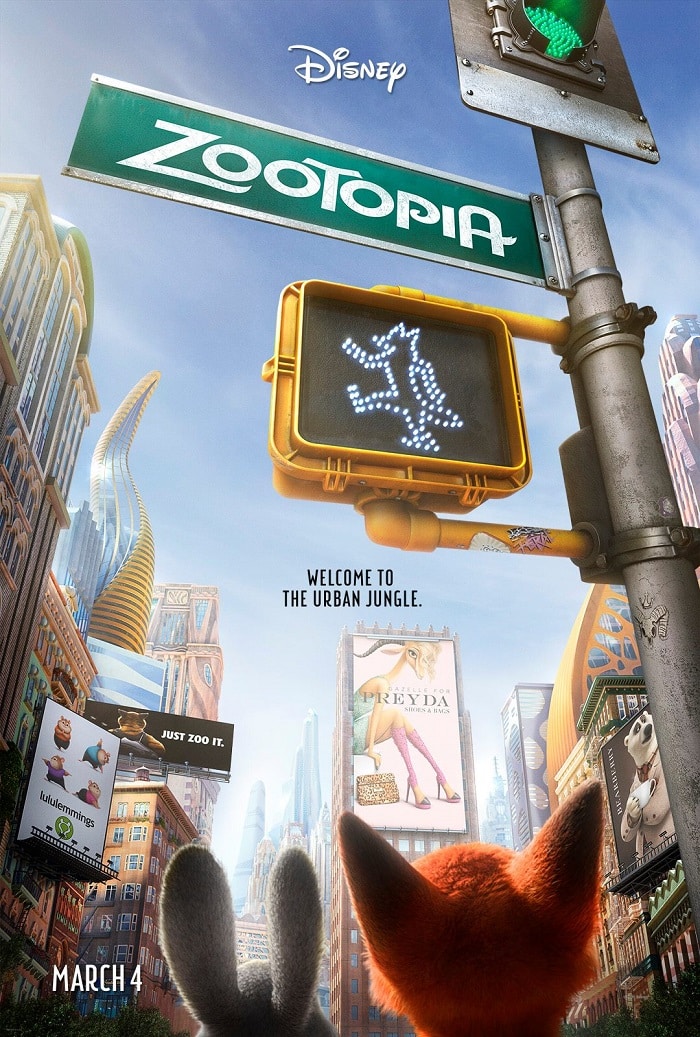Story is King of the Jungle in Disney’s Zootopia
For most of us, when we sit down to watch a movie, we are simply entertained by what we see on the screen. What we don’t often think about is what went on behind the scenes. What kind of work did it take to get to the final product we see on the screen? In Disney’s Zootopia, we quickly learned from the creative team behind the film that “story is king of the jungle” when it comes to animating a movie from beginning to end.
Disney’s Zootopia
In fact, Writer and Co-Director Jared Bush told us that he counted and found 1,770 drafts of Zootopia on his computer. Every scene change or script edit produced another draft. That old saying “back to the drawing board” takes on literal meaning in the world of animation. Once the director, producer and writers figure out the theme of the movie, who the main characters are, the tone of film and more, the draft is sent to story. Story Board Artists are the first ones to actually bring life to a movie.
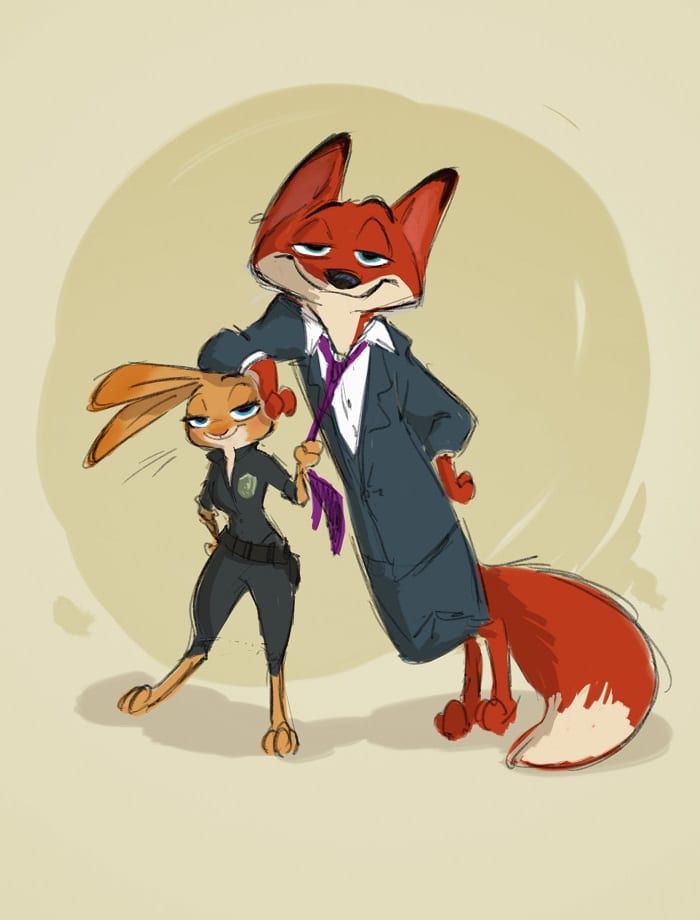
Josie Trinidad, Co-Head of Story, told us they had a team of 10-12 story artists — up to 30 as “players would come in and out.” Her team takes the script and creates their story boards. These incredible artists then draw everything in a scene. They decide the camera angle, what the background environment looks like, and then pitches the scene to the rest of the team. The artists read their concept of how the scene will go using emotions and expressions they feel best fits. There are no actors at this point. The story board artists bring each scene to life by acting out the scenes vocally as they present their renditions. They do much more than “just draw.”

Once the story boards are ready, they are immediately sent to Head of Editorial, Fabienne Rawley. In editorial, they record scratch dialogue and add music to the story boards. They work to figure out the timing and performances of the actors and build each scene to then run by the directors, writers and head of story once more. From those sessions, they continue to make necessary edits and start the process over again… and again.
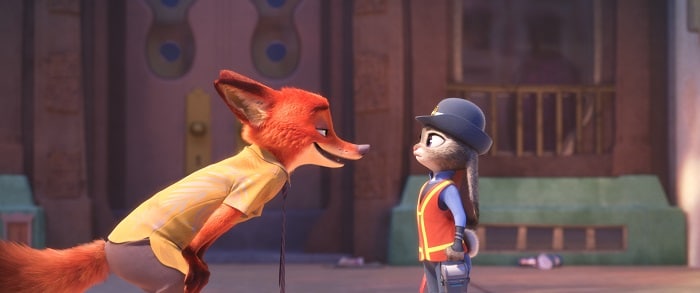
Each member of the team realizes that nothing is final until the finished movie comes out. Writer, Phil Johnston, said that you have to be willing to “kill your darlings.” It’s a brutal process for those working diligently on the scenes, but it is key to the process. If you step back and look at the scene in relation to how it fits into the movie and it doesn’t serve the scene, story or overall film well, you must be willing to cut it. In fact, he went on to explain that it’s much like dating, “You’re open to falling in love but sometimes it doesn’t work out.”
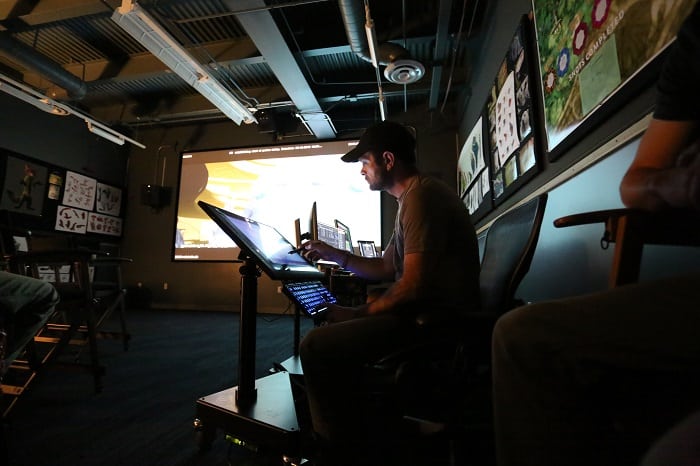
Once the story boards are set, animation then takes over and translates the scene by taking the best elements to use in the next step of the process.
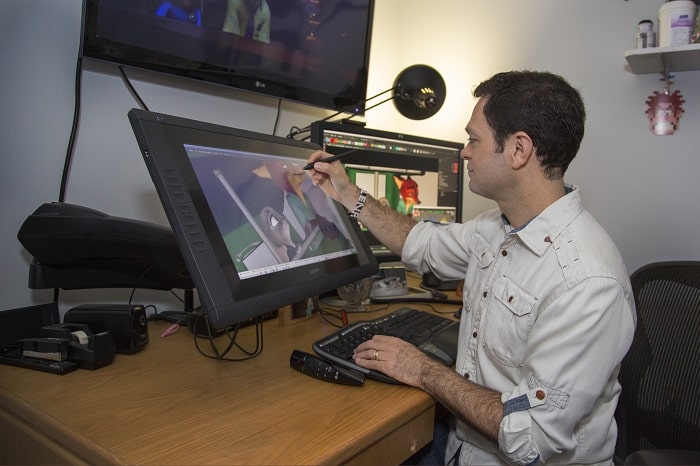
For Zootopia, the animators really wanted the animation to be unique; like nothing they had done in the past. They really wanted it to stand on its own and not resemble anything else. Although Head of Animation Renato dos Anjos said he started with the movie “Robin Hood” in his mind when he began the process, it was only to inspire where he would go. Eventually, in true Disney style, the team began their research into animals they would be animating for the film.
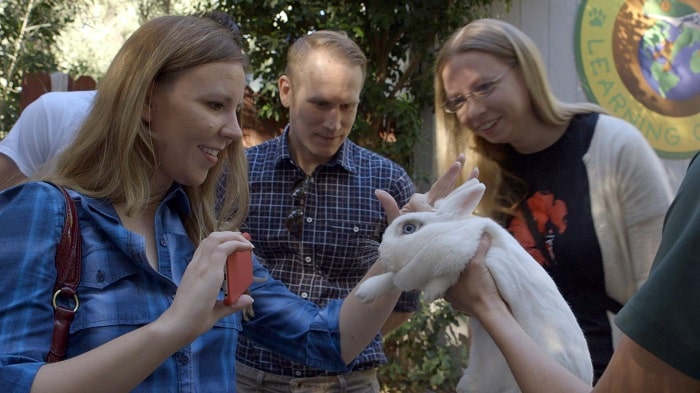
They started out close to home by visiting rescue centers to study the animals close up. They then traveled to Walt Disney’s Animal Kingdom to continue learning before making the trek to Kenya. In Africa, they could have the experience of seeing animals in their own space without restriction. Renato said being able to see this really changed what they were doing in the film. He came back from the trip to Kenya inspired and felt like what they were doing before that point was just touching the surface.
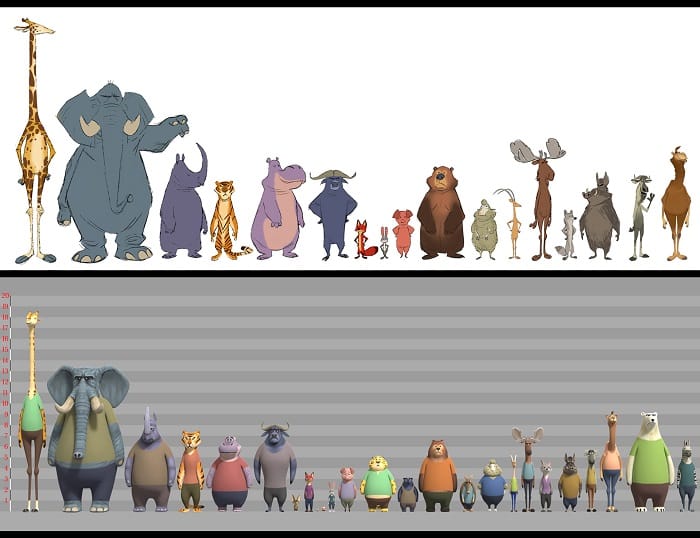
They wanted the audience to feel like the animals were in nature even though they would be walking on two legs in Zootopia. The animators wanted to incorporate as much of the animal’s natural behavior as possible, in addition to their movement in each scene. Renato also said there is “never one solution that fits all.” It was a continual learning process and the crew had to constantly change their mindset. They had to explore beyond what they could do in order to get the characters right in order to make sure other departments had something to use in their process.
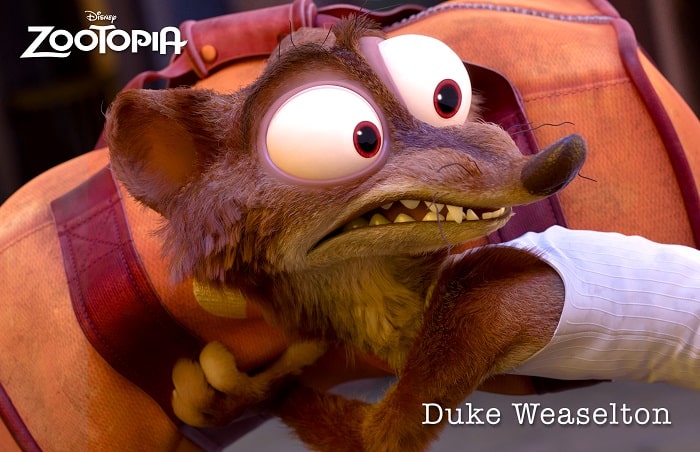
For example, Animation Supervisors Nathan Engelhardt and Chad Sellers both spoke about particular characters where all of the research came into play. For Chad, it was “Weaselton” the weasel. He had a very specific snake-like movement that was extremely efficient and needed to be drawn as so. The animators used the early explorations and tests to find out exactly how much animal behavior they could “pepper in while trying to add character and personality,” yet maintaining that perfect balance.
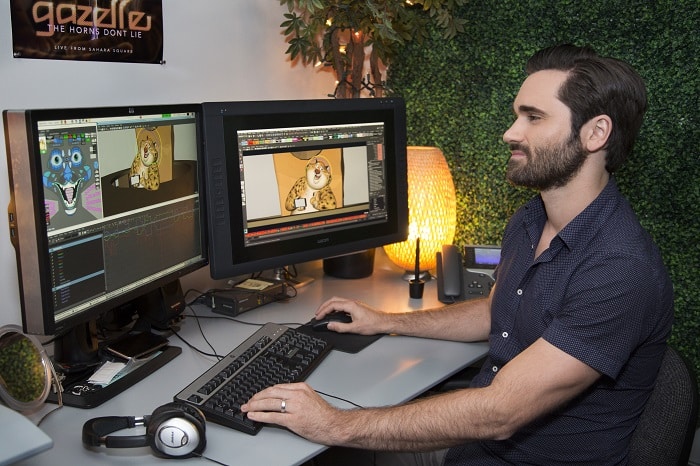
Nathan told us about a rabbit characteristic called “binkying” where they jump into the air, twisting and flicking their feet and head. The team wanted to bring in as much of the realistic, natural qualities of a rabbit they could with Judy Hopps, so they used this binky action when they could. For example, when Hopps would break down a door or jumped out of the way of a rhino about to step on her, you will notice this behavior in action. They quickly discovered that when the inhabitants of Zooptopia were under high-stress or distress, they would revert back to their animalistic mechanics or motions.
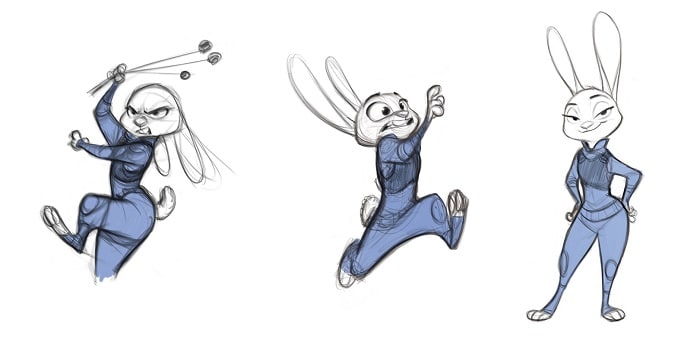
The last test the team put together really helped solidify who Hopps was. Jenifer Godwin brought so much character to Judy with her voice, but she is also very animated. Therefore, when they watched Godwin voice the scenes, they noted her natural gestures and used those for animating Hopps for the perfect blend of both worlds.
©2015 Disney. All Rights Reserved.Interestingly enough, the most challenging animal for the animators to humanize was the sloth. The team had to throw every principle of animation out the window because everything had to be very slow. This concept was unnatural to them due to the physicality and the fact that it was so backwards from what they were used to doing. The sloth sequences were the ones they had to redo the most because it was challenging with little motion to animate. Honestly though, from what little we saw of the DMV scene with the sloths, they did a fabulous job and it’s already a scene that is repeatedly talked about in our home!
See how it all comes together when Disney’s Zootopia hops into theaters everywhere on March 4.
YOU MAY ALSO LIKE:
